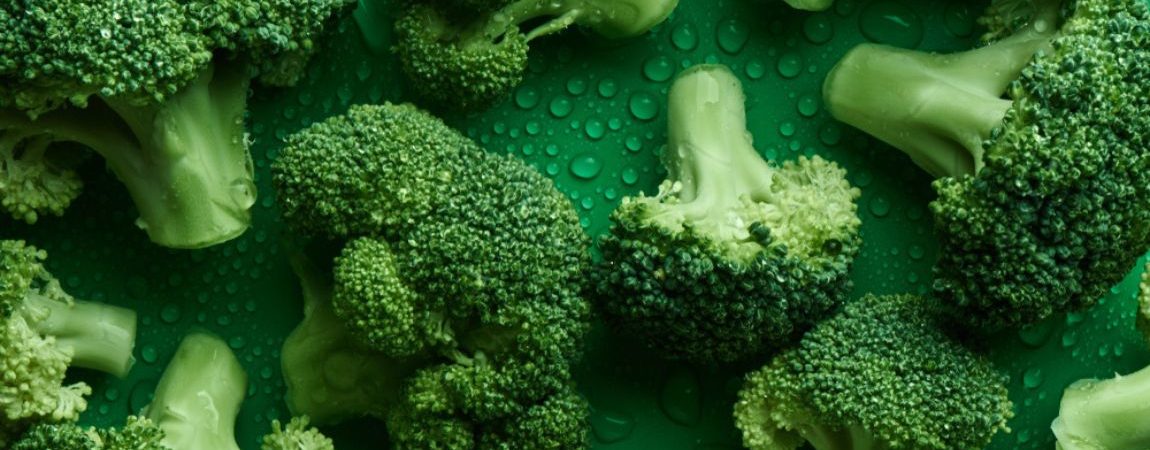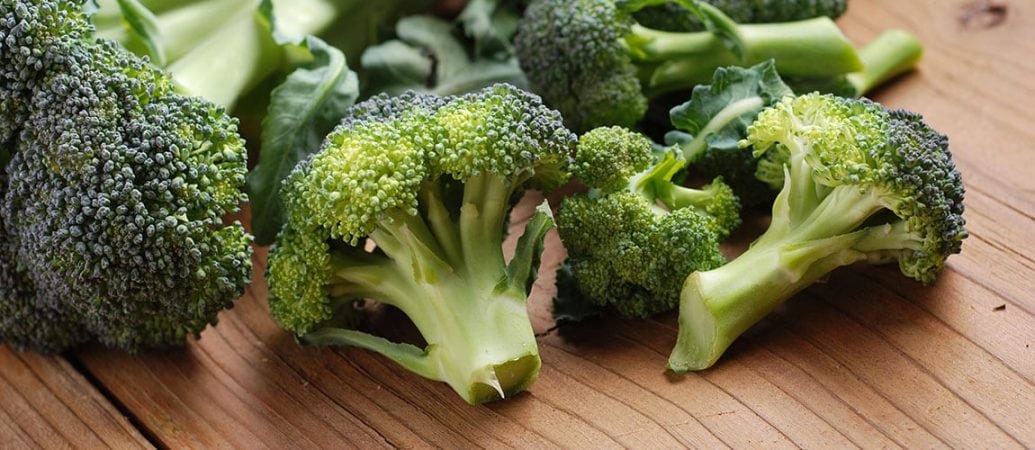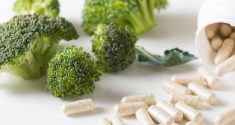Ingredient Spotlight: Sulforaphane, a Natural Compound With Amazing Health Benefits
Sulforaphane is a natural plant compound found in a variety of cruciferous vegetables that boasts a wide variety of health-enhancing benefits. Because sulforaphane is not as well-known as some of the other natural nutrients, even some of the most health-savvy individuals may not be aware of the many sulforaphane benefits.
What exactly is this natural plant compound, what are its benefits and how can you boost your intake for optimal health? Read on for all that you need to know about sulforaphane.
Diving Deep Into Sulforaphane Benefits
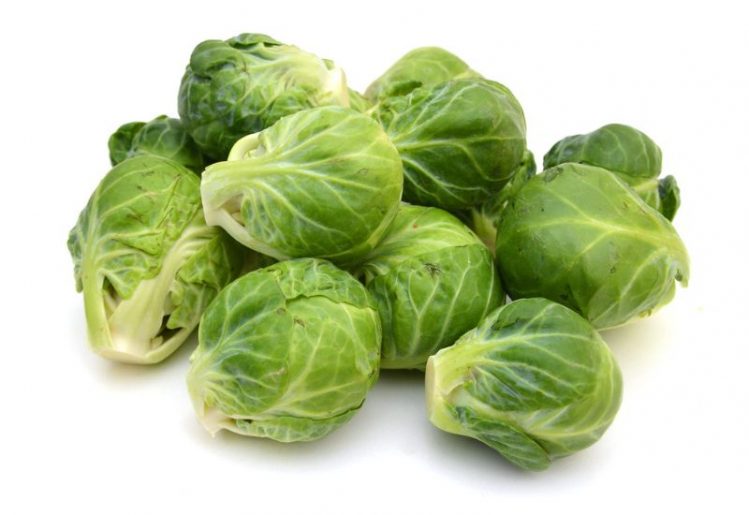 Sulforaphane can be found in a variety of foods, however some of the richest sources of this sulfur-rich compound are broccoli and cauliflower. Raw vegetables have been shown to boast the highest levels of the compound. For instance, one study found raw broccoli contained ten times more of the nutrient than its cooked counterpart.
Sulforaphane can be found in a variety of foods, however some of the richest sources of this sulfur-rich compound are broccoli and cauliflower. Raw vegetables have been shown to boast the highest levels of the compound. For instance, one study found raw broccoli contained ten times more of the nutrient than its cooked counterpart.
Like many plant compounds, sulforaphane boasts a host of health benefits. One of the most promising bodies of research surrounds the impacts of sulforaphane on cancer cells. The compound has been shown to offer anticancer properties thanks to its antioxidant and detoxification enzymes. These properties offer protection against the harmful carcinogens that cause cancer. Population studies have been able to show a correlation between higher intakes of cruciferous vegetables and a lower risk of cancer.
In addition to potentially lowering cancer risk, the right amount of sulforaphane in your diet can also improve heart health. Scientists hypothesize that sulforaphane benefits heart health by lowering inflammation levels in the body, preventing the dangerous narrowing of arteries. Some research has also led scientists to conclude that sulforaphane may reduce the incidence of high blood pressure, a precursor for heart disease.
Another intriguing study of 97 individuals with Type 2 diabetes showed that consuming broccoli seed extract rich in sulforaphane reduced fasting blood sugar levels by 6.5 percent. The study participants also demonstrated improved hemoglobin Alc, indicating better long-term blood sugar control. As one of the most common health conditions, medical researchers are always looking for new ways to mitigate the risks of Type 2 diabetes. Could an increased intake of sulforaphane be a part of the solution?
Research Uncovers Additional Sulforaphane Benefits
Outside of these three primary health benefits of sulforaphane, the compound has shown promising results in the treatment of some of the most debilitating symptoms of autism. For example, one study of 29 autistic males found that a daily dose of sulforaphane for 18 weeks led to improved outcomes for those with autism, including more favorable verbal communication and social interaction.
The compound may also guard against sun damage by mitigating the impacts of harmful ultraviolet (UV) skin damage. A handful of animal studies have shown that the compound could also improve recovery outcomes for individuals dealing with mental decline following a brain injury. Lastly, sufferers of regular constipation may find relief from these symptoms if they increase their intake of vegetables rich in sulforaphane.
While the research is still emerging, it is becoming clearer that this compound may be an instrumental tool in helping to prevent or delay a wide array of health complications.
How to Boost Your Intake of Sulforaphane
The most obvious way to boost your intake of sulforaphane is to eat foods rich in this natural nutrient. You can start this goal by making plenty of cruciferous vegetables the cornerstone of your diet. In addition to broccoli and cauliflower, good sources of sulforaphane include kale, Brussels sprouts, cabbage, bok choy, arugula and watercress.
One important note to heed is that sulforaphane is only activated when chewed. This is because sulforaphane is only activated when the inactive form known as glucoraphanin merges with a family of enzymes known as myrosinase. The release of these enzymes is triggered when the plant is damaged. As such, it makes sense that the vegetables need to be chewed or cut to activate the source of sulforaphane.
As noted above, raw cruciferous veggies contain the highest amounts of sulforaphane. If you do not care for raw vegetables, you will need to cook the veggies to a temperature no greater than 284 degrees. Lightly steaming the vegetables will provide ample benefits.
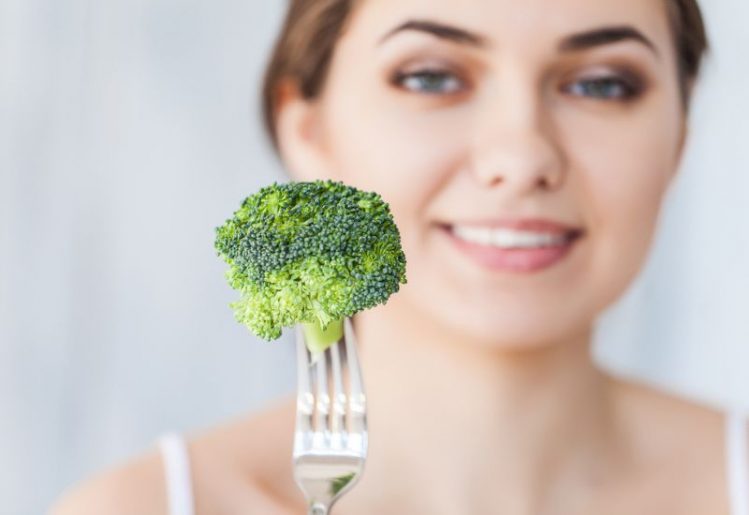 Nutritionists also recommend eating the vegetables with mustard seeds or mustard powder. This is because these food products supply ample amounts of myrosinase, needed to boost the availability of sulforaphane. This is especially important if you choose to cook the vegetables before consumption. Simply sprinkle a handful of tasty mustard seeds or a sprinkle of mustard powder on your vegetables for an extra nutritional boost. As a bonus, increasing your intake of these vegetables will also provide you with a number of additional vitamins, minerals, and antioxidants.
Nutritionists also recommend eating the vegetables with mustard seeds or mustard powder. This is because these food products supply ample amounts of myrosinase, needed to boost the availability of sulforaphane. This is especially important if you choose to cook the vegetables before consumption. Simply sprinkle a handful of tasty mustard seeds or a sprinkle of mustard powder on your vegetables for an extra nutritional boost. As a bonus, increasing your intake of these vegetables will also provide you with a number of additional vitamins, minerals, and antioxidants.
You can boost your intake of sulforaphane even further by taking a targeted supplement that includes this compound. A supplement such as Oncochron includes plentiful amounts of sulforaphane from broccoli seed extra in addition to a number of additional nutrients that support healthy cell growth. The unique combination of phytochemicals in Onochron work together to promote full-body detoxification and encourage healthier cellular inflammatory processes.
Even if you have never heard of sulforaphane until now, you can see how adequate intake of this compound can deliver a number of health benefits. This is a great time to start looking at how you can incorporate this nutrient into your diet and health routine.
